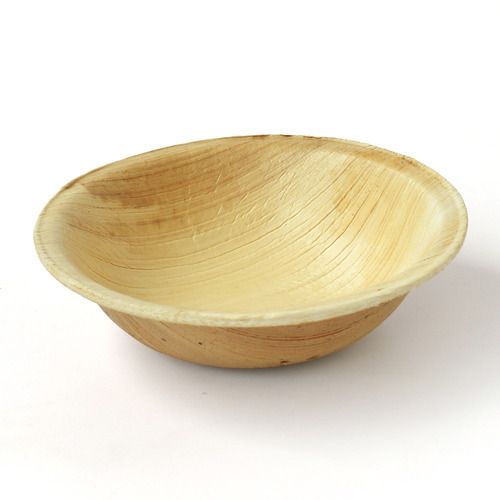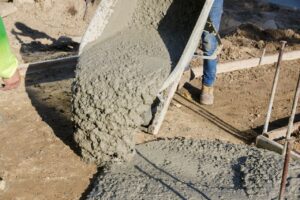The Rise of Eco-Friendly Disposable Cutlery: A Sustainable Dining Solution
As environmental concerns grow, the demand for eco-friendly disposable cutlery is rising rapidly. Businesses, event planners, and consumers are moving away from traditional plastic utensils in favor of sustainable dining solutions. Made from materials like bamboo, wood, bagasse, and cornstarch, disposable cutlery offers a greener alternative without compromising on convenience or functionality.
In this article, we’ll explore the growing trend of eco-friendly disposable cutlery, its benefits over plastic utensils, and how it complements disposable plates and bowls to create a sustainable dining experience.
1. What Is Eco-Friendly Disposable Cutlery?
Disposable cutlery refers to single-use forks, knives, and spoons made from biodegradable or compostable materials. Unlike traditional plastic utensils, which can take hundreds of years to decompose, eco-friendly cutlery breaks down quickly without harming the environment.
Common Materials Used:
- Bamboo: Renewable, sturdy, and biodegradable, making it perfect for both casual and formal dining.
- Wood: Typically sourced from birch or palm wood, offering a smooth, elegant finish.
- Bagasse: Made from sugarcane pulp, bagasse cutlery is compostable and heat-resistant.
- Cornstarch or PLA (Polylactic Acid): Derived from plant-based starch, PLA cutlery is compostable in industrial facilities.
By switching to eco-friendly disposable cutlery, businesses and consumers can significantly reduce their plastic waste and carbon footprint.
2. Why Choose Eco-Friendly Disposable Cutlery Over Plastic?
The shift from plastic to sustainable cutlery is driven by the need to reduce pollution, promote sustainability, and protect public health. Here’s why disposable cutlery made from eco-friendly materials is a better choice.
a) Environmentally Friendly
- Plastic Cutlery:
- Made from petroleum-based materials that take centuries to decompose.
- Contributes to landfills and ocean pollution.
- Eco-Friendly Cutlery:
- Biodegradable and compostable, breaking down naturally without leaving toxins.
- Reduces waste and supports sustainable practices.
Winner: Eco-friendly cutlery is better for the environment, as it decomposes faster and reduces plastic waste.
b) Health and Safety Benefits
- Plastic Cutlery:
- May contain harmful chemicals like BPA, which can leach into food.
- Releases microplastics into the environment.
- Eco-Friendly Cutlery:
- Free from harmful chemicals and safe for food contact.
- Made from natural, non-toxic materials.
Winner: Eco-friendly cutlery is safer for both consumers and the environment.
c) Aesthetic Appeal and Presentation
- Plastic Cutlery:
- Generic, unattractive appearance.
- Often viewed as cheap or low-quality.
- Eco-Friendly Cutlery:
- Offers a natural and elegant look, ideal for catering, events, and eco-conscious restaurants.
- Enhances food presentation and creates a more premium dining experience.
Winner: Eco-friendly cutlery adds a stylish and sustainable touch to any table setting.
d) Durability and Performance
- Plastic Cutlery:
- Lightweight but prone to breaking.
- Can become brittle when exposed to heat.
- Eco-Friendly Cutlery:
- Sturdy and reliable, with better resistance to heat.
- Suitable for serving both hot and cold dishes.
Winner: Eco-friendly cutlery offers better durability and performance.
3. Pairing Disposable Cutlery with Sustainable Plates and Bowls
To create a fully sustainable dining experience, disposable cutlery is best paired with disposable plates and bowls made from eco-friendly materials. This combination offers a practical, stylish, and waste-free alternative for events, picnics, and food service businesses.
a) Bagasse Plates and Bowls:
- Made from sugarcane fiber, making them biodegradable and compostable.
- Strong enough to hold hot and greasy foods without leaking.
- Complements bagasse cutlery for a uniform and eco-friendly table setting.
b) Palm Leaf Plates and Bowls:
- Naturally beautiful with a rustic charm.
- Ideal for serving both casual and upscale meals.
- Pairs perfectly with bamboo or wooden cutlery.
c) Compostable Paper Plates and Bowls:
- Made from plant-based materials with a biodegradable coating.
- Suitable for light meals and snacks.
- Best paired with PLA or cornstarch cutlery.
4. Benefits of Using Disposable Cutlery and Tableware in Events
The use of eco-friendly disposable cutlery and disposable plates and bowls is becoming a trend in event planning. Here’s why they are perfect for both small gatherings and large-scale events:
a) Convenience Without Waste
- Provides the convenience of single-use products without the environmental harm of plastic.
- Simplifies cleanup by allowing guests to dispose of their used tableware in compost bins.
b) Eco-Conscious Branding for Businesses
- Restaurants, cafes, and catering services can promote their commitment to sustainability.
- Using disposable cutlery and tableware demonstrates environmental responsibility, attracting eco-conscious customers.
c) Versatile for All Events
- Suitable for weddings, corporate events, picnics, and food festivals.
- Stylish enough for formal events yet practical for casual gatherings.
5. Tips for Selecting High-Quality Eco-Friendly Cutlery
When choosing disposable cutlery, keep these factors in mind:
- Material:
- For durability and heat resistance → Choose bamboo or bagasse cutlery.
- For lightweight, budget-friendly use → Opt for cornstarch or PLA cutlery.
- Compostability:
- Ensure the cutlery is labeled compostable and certified by organizations like BPI or TUV.
- This guarantees it will break down properly in composting facilities.
- Appearance:
- Select cutlery that complements the aesthetic of your disposable plates and bowls.
- For upscale events, go for wooden or bamboo cutlery.
6. Responsible Disposal and Composting
To maximize the sustainability benefits, ensure proper disposal of eco-friendly disposable cutlery and tableware:
- Compostable cutlery:
- Place in compost bins to allow natural decomposition.
- Breaks down within a few months in commercial composting facilities.
- Biodegradable plates and bowls:
- Add to green waste bins or home compost piles.
- Decompose naturally over time without leaving harmful residues.
Conclusion: Make the Switch to Sustainable Dining
The rise of eco-friendly disposable cutlery marks a positive shift toward sustainable dining practices. Made from renewable and biodegradable materials, disposable cutlery offers a safer, greener, and more stylish alternative to plastic utensils.
When paired with disposable plates and bowls, it creates a fully sustainable table setup that is perfect for events, catering, and everyday use. By choosing biodegradable tableware, you can reduce plastic waste, promote sustainability, and support a greener future—one meal at a time.












Post Comment